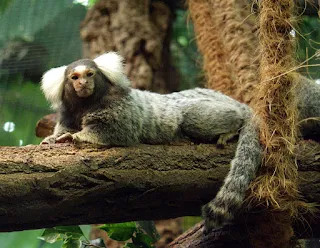An Encouraging thought for every day can help us on our way and through the day! Life Is Worth Living ! LIVE AND LOVE LIFE !
Sunday, August 30, 2020
Panda To Me
Sunday, August 23, 2020
My Best Friend
I have always loved Horses. Ever since starting a project in infant (yes, infant) school, I fell in love with these beautiful creatures of this Earth.
There are more than 350 breeds of horse and pony, each breed has its own special qualities and 'look.' It is said that the 'horse' was domesticated about 5,500 years ago. This was on the plains of northern Kazakhstan. So we have almost 6,000 years of history with horses but only 100 years with the automobile!
Makes you think, doesn't it!
No matter the breed, the horse is a very strong character, physically, mentally and emotionally. AND --- it is a very beautiful creature --- every colour is seen.
Take the Appaloosa --- the American breed called the original breed used by the American Indians. Each one has a spotted coat pattern, unique to itself and of different colours.
The Palomino horse is called "The Golden Horse" because it's coat is yellow or gold, with a white or light cream mane and tail. The shades of the body coat colour can range from cream to dark gold.
With its very gentle and kind personality, and 'understanding' of human nature, the Horse has always been My Best Friend.
You just don't realize just how STRONG you really are !
LIVE AND LOVE LIFE !
Sunday, August 16, 2020
The Beauty of this Earth
 We've been born onto a truly Amazing planet --- The Earth --- which provides us with everything to help us live and 'survive.
We've been born onto a truly Amazing planet --- The Earth --- which provides us with everything to help us live and 'survive.


































